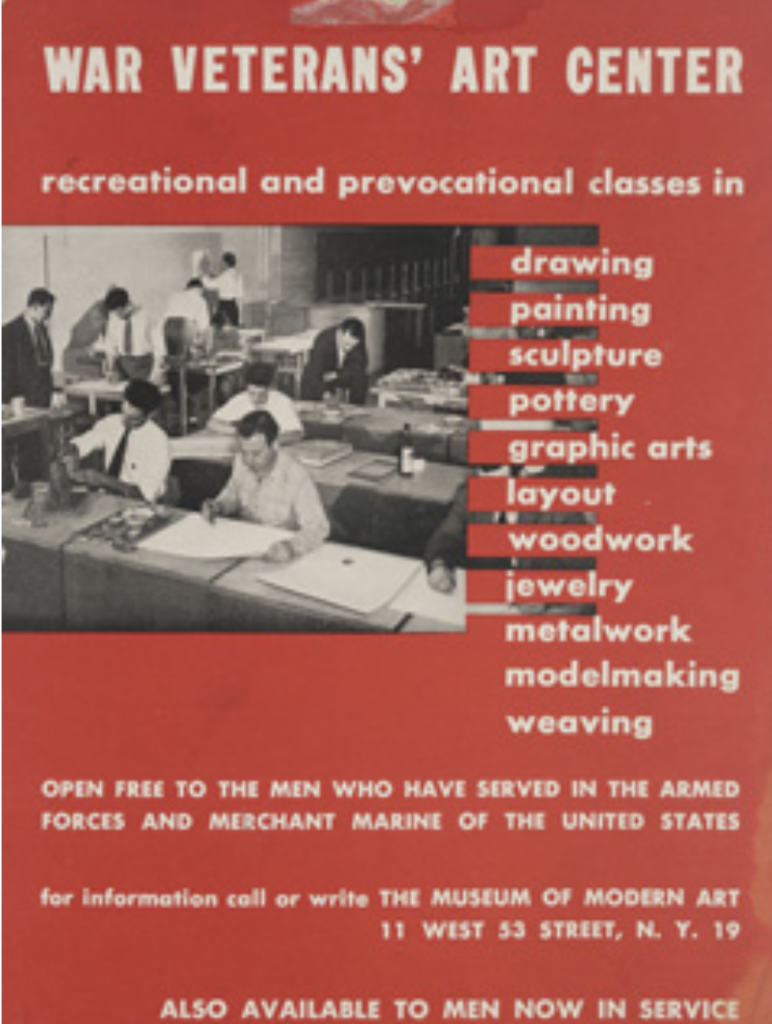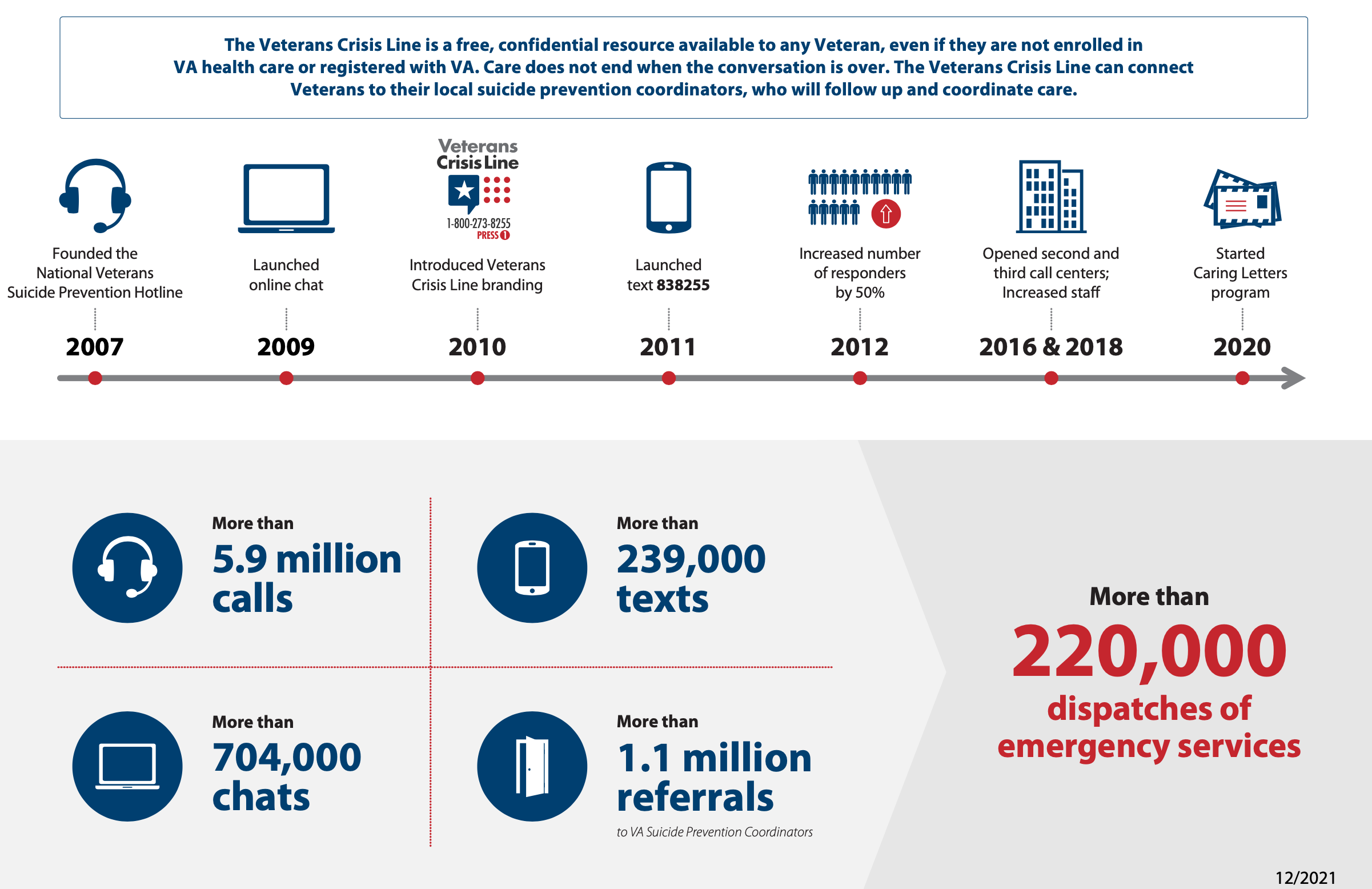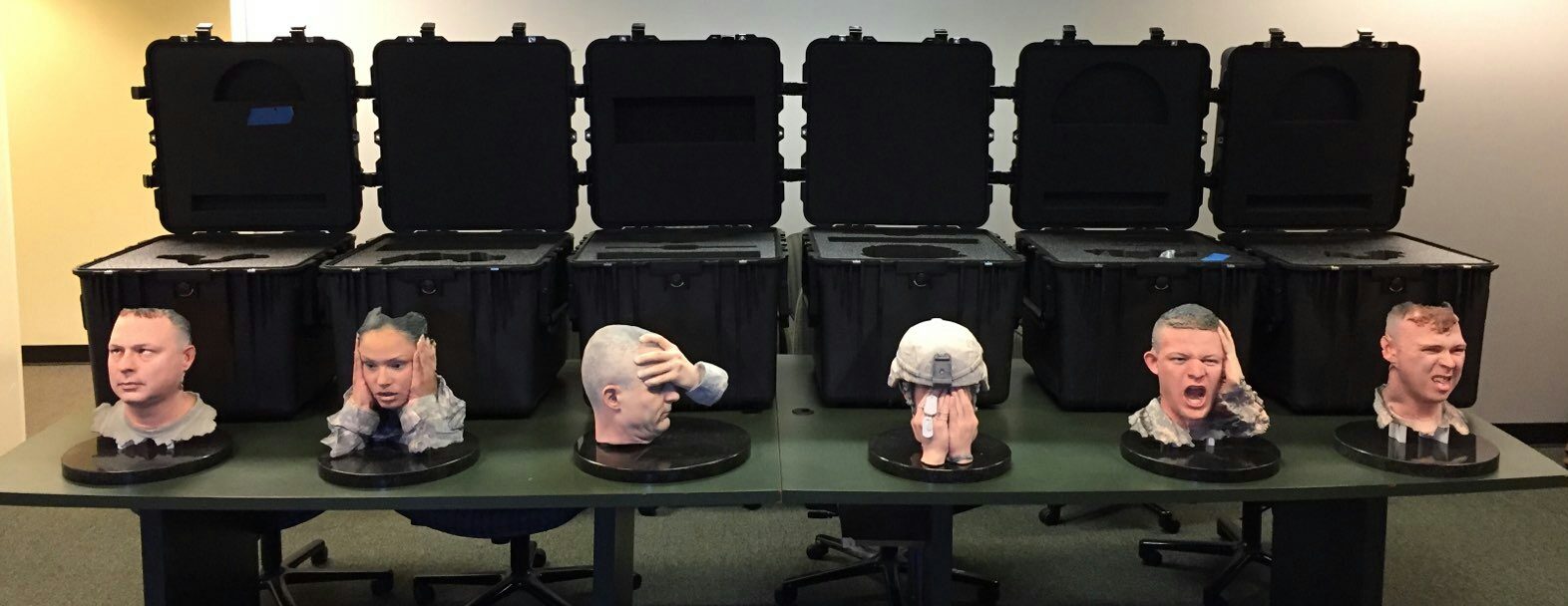November 11, 2025
Art therapy for military servicemembers and veterans has emerged as particularly effective for addressing their unique mental health challenges, including Post Traumatic Stress Disorder (PTSD), combat-related trauma, suicidality, or transitioning into civilian life. Research shows that art-making helps improve overall mental health and offers a nonverbal form of communication when words are inadequate in the face of trauma and similar experiences.
Learn more about art therapy and veterans in this presentation, Art, Trauma, and Healing: Artist Talks with Peter Buotte and Rachel Mims, hosted by Austin Community College on Oct. 30, 2025. Rachel Mims is an AATA Board Member, credentialed art therapist US Army veteran, and artist. Peter Buotte is an artist, combat veteran, and licensed art therapist with the Creative Forces: NEA Military Healing Arts Network at the Intrepid Spirit Center/ TBI Clinic at Carl R. Darnall Army Medical Center in Fort Cavazos, Texas.

7 Facts to Know
1. Veterans Day dates back to World War I.
Veterans Day originated as “Armistice Day” on Nov. 11, 1919, the first anniversary of the “eleventh hour of the eleventh day of the eleventh month” that signaled the end of World War I. Nov. 11th became a national holiday beginning in 1938. Since then, Veterans Day pays tribute to all American veterans who served their country honorably during war or peacetime.
2. Art interventions have been used with service members and veterans since World War I.
Therapeutic art interventions were used during World War I by occupational therapists, Red Cross volunteers and artists, some of whom created wearable masks for disfigured soldiers. Adrian Hill was a British soldier, artist, and author, who first coined the term “art therapy” in 1942. Hill recognized the power of art-making itself as healing while working with soldiers recovering from tuberculosis during World War I.
From 1944 – 48, the Museum of Modern Art (MOMA) hosted the War Veterans’ Art Center and used therapists trained in the visual arts to help with rehabilitation. “The principle object of the Center” which served 1,485 post World War II veterans, “was to help veterans adjust themselves through the creative process,” according to a 1948 MOMA press release. (The poster for the Center, c. 1941–45. Source: MOMA).
3. Art Therapy is particularly helpful for veterans.
For returning service members and veterans suffering from PTSD for example, art therapy is used to reduce debilitating symptoms, provide opportunities for expression and resolution of painful memories, and enhance stress reduction through art-based relaxation techniques and coping skills. In fact, a 2018 study found that art therapy experiences fostered improvement in interpersonal relatedness, hopefulness and gratification for the service members in treatment, and helped them construct a trauma narrative imperative for recovery.
“Visual arts offer veterans suffering from PTSD a nonthreatening alternative to compose in images what is inexpressible to them with words,” described Rosemarie Rogers, ATR-BC, LCAT. “It is a way in and often the first step to organize and express overwhelming feelings and sensations they experience. Most importantly, their own artwork becomes the narrative to tell their story and is the foundation that we use to begin therapy.”
“A mask-making exercise is typically done as one of the first exercises in the art therapy program at the National Intrepid Center of Excellence (NICoE) at Walter Reed,” explained retired Marine Master Gunnery Sergeant Chris Stowe in testimony before a congressional committee on how art therapy helped address his combat injuries.

“I can attest to the mixed emotions that can be felt during a mask-making exercise: guilt, fear, and self-loathing/self-doubt at first, then, while moving through the making of the mask, feelings of exhilaration, freedom, resolution, and accomplishment can start to emerge. I know that it helped show the way for me as it pertained to how I personally viewed myself. (‘Normal’ on the outside, demon and broken on the inside.)”
– Retired Marine Master Gunnery Sergeant Chris Stowe
4. Veterans who have served after Sept. 11, 2001 are particularly vulnerable to mental health conditions.
For art therapists, Veterans Day serves as an opportunity to raise awareness about the mental health of veterans and service members. Among veterans who have served since the September 11, 2001, attacks, approximately one in five experiences mental health issues, including PTSD, major depression, and anxiety, according to the RAND Corporation.
In 2022, the suicide rate among 18–34-year-olds remained the highest among all age groups, at 47.6 per 100,000, equating to 849 deaths.
5. Supporting federal funding for the arts supports veterans.
The federally funded National Endowment for the Arts’ Creative Forces program offers a national network of care for active duty service members, veterans, and their families and caregivers, in medical treatment or transitioning back home to their bases and communities. In addition, it provides community-based arts opportunities for military and veteran populations and their families around clinical site locations, as well as via virtual arts engagement. Community projects receive $50,000 grants. Visit the Creative Forces National Resource Center to find tools for service members, veterans, their families, and caregivers through the arts.
In addition, for the first time ever, the VA received a ground-breaking $5 million direct appropriation for FY 2020 for creative arts therapies to treat veterans through their Whole Health initiative. The appropriations bill also directed the VA to study the feasibility and advisability of making creative arts therapy, as well as yoga, meditation, chiropractic care, and acupuncture also accessible as treatment for mental health conditions at all VA facilities, either in person, or through telehealth.

6. There’s a Veterans Crisis Line: 988 then Press 1.
The Veterans Crisis Line’s new number—988 then Press 1—helps make it easier to remember and share the number to access help in times of need. Veterans may also reach the Veterans Crisis Line by text (838255), and through chat (VeteransCrisisLine.net/Chat).
Signed into law in 2020, the National Suicide Hotline Designation Act authorized 988 as the new three-digit number for the National Suicide Prevention Lifeline. The number was activated in July 2022 by all telephone service providers across the US.
You can share these downloadable resources with your networks or on social media to help raise awareness about the 988 number.
7. Veterans are also artists.
While we think of veterans’ art-making as part of their therapy, many veterans are artists in their own right. The National Veterans Art Museum in Chicago hosts the largest collection dedicated to preservation and exhibition of art created by US veterans.
Women veterans, the fastest growing veteran population, are also sharing stories of their military experiences and life accomplishments through art. The Women Veterans Art Project (WVAP) works with the VA to host art exhibitions at select VA medical centers nationwide.

“Invisible Wounds” exhibit, Peter J. Buotte, MFA, MPS
Creative arts festivals such as the Austin Veteran Art Festival (AVAfest), also help showcase veterans’ art. In 2020, we spoke with art therapist, sculptor and veteran Peter J. Buotte, MFA, MPS about his AVAfest exhibit, “Invisible Wounds”. In addition, nearly 2,000 veterans from 118 VA medical facilities entered over 3,600 submissions in art, music, drama, dance and creative writing competitions for the 2021 National Veterans Creative Arts Competition. This year’s competition is currently underway, with winners to be announced in December 2022.
These exhibits are also effective ways to help veterans explain and connect with the civilian community around them, so be sure to look for local events in your area or online!
